Wearable sensors aim to capture autism in action
Engineers and clinicians are collaborating to create wearable sensors that can track the behaviors of people with autism.
From funding decisions to scientific fraud, a wide range of societal factors shape autism research.
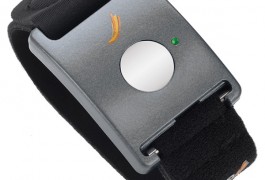
Engineers and clinicians are collaborating to create wearable sensors that can track the behaviors of people with autism.
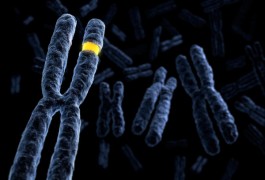
A new tool helps predict whether large DNA duplications and deletions, common among people with autism, are harmful or benign.
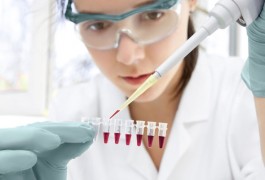
The gender gap in science is strongest in fields that most value innate intelligence — perhaps because of mistaken impressions about the differences in innate intelligence between men and women.
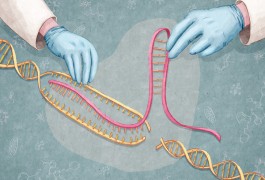
A new technique allows scientists to turn on the expression of any gene, giving them the unprecedented ability to explore the function of every gene in the human genome.
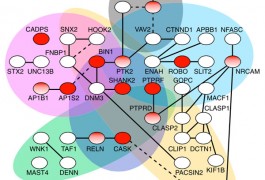
Small pieces of DNA within genes, dubbed ‘microexons,’ are abnormally regulated in people with autism, suggests a study of postmortem brains.
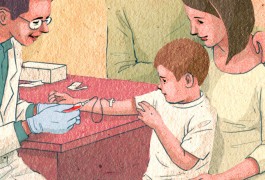
A set of small molecules in the blood can distinguish people with autism from controls with 81 percent accuracy, claims a biotech firm, but the test faces a long and difficult road to clinical use.
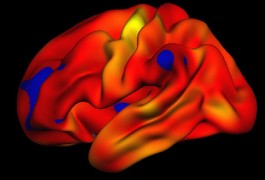
Even small movements of the head during magnetic resonance imaging can lead to spurious measurements of brain structures, according to a new study.
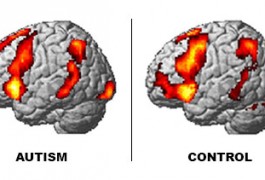
People with autism show unique patterns of brain activation when thinking about social words, such as ‘hug.’ But new findings highlight the dangers of using thoughts as biomarkers for the disorder.
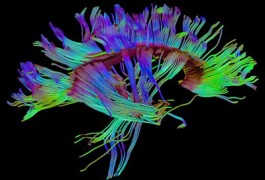
The colorful brain maps created with diffusion imaging — a technique that uses the flow of water as a proxy for nerve tracts — are unlikely to represent the brain’s anatomy with accuracy, says a new study.
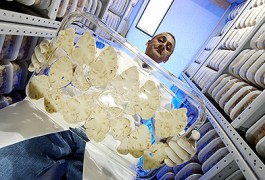
An analysis of genes expressed in the postmortem brains of people with autism has identified three molecular pathways linked to the disorder. The findings, published 10 December in Nature Communications, add to mounting evidence that the myriad causes of autism converge on common biological processes.